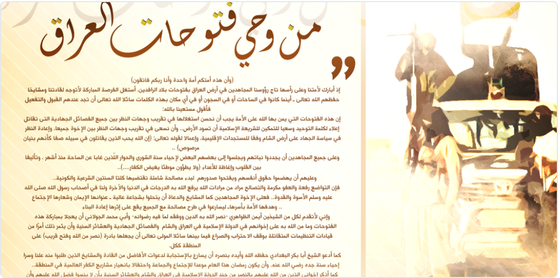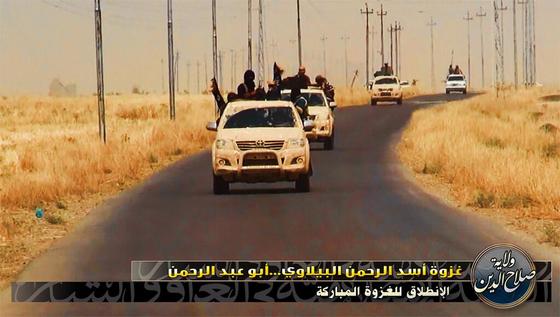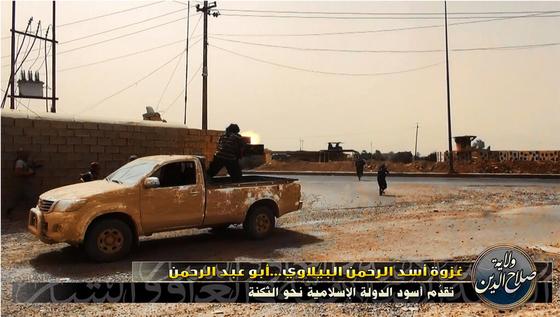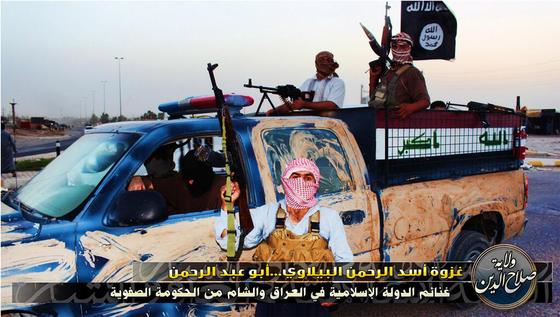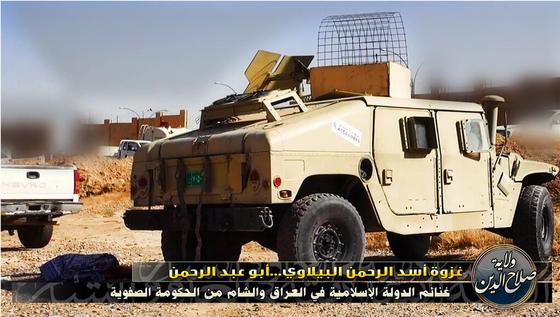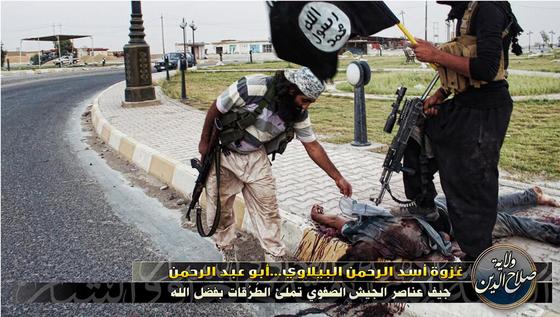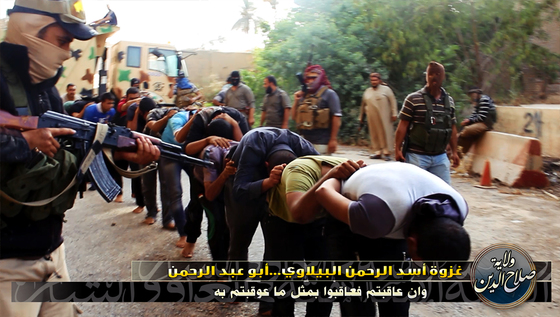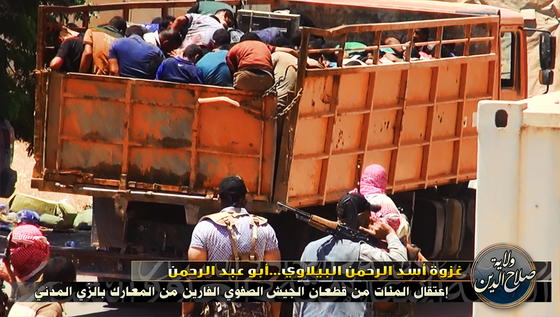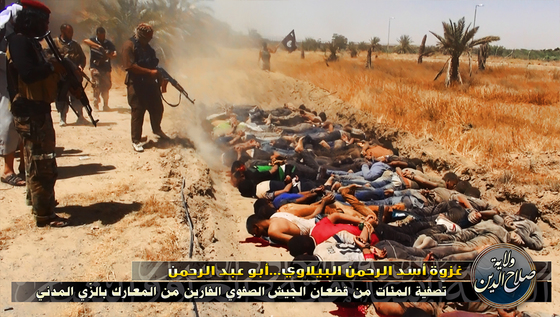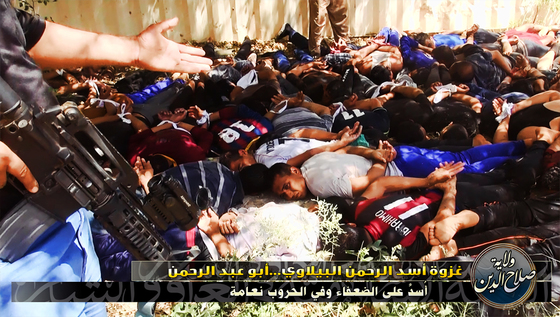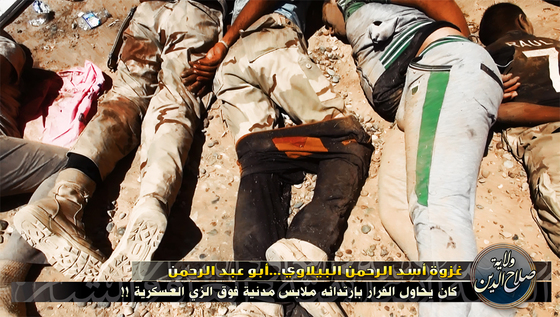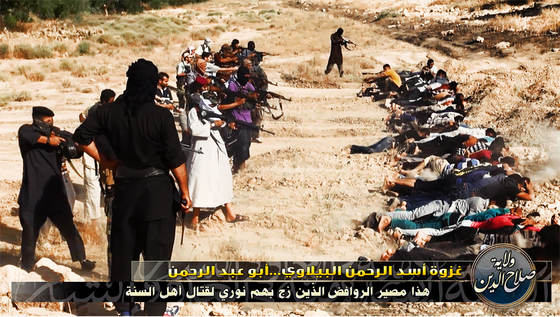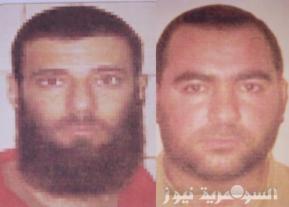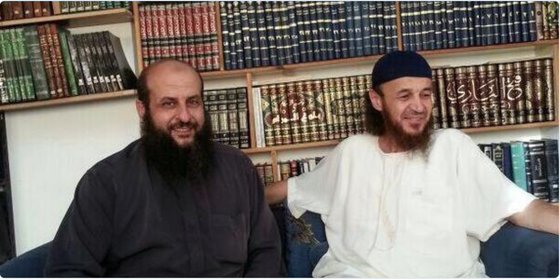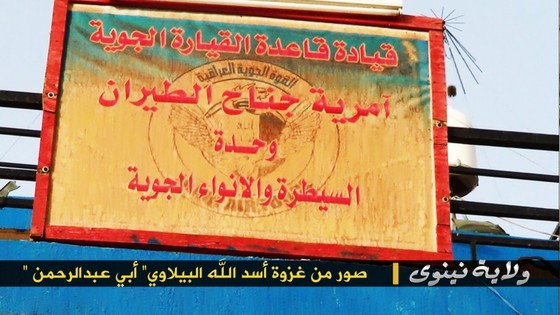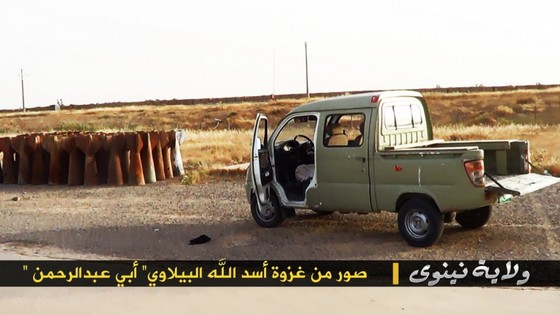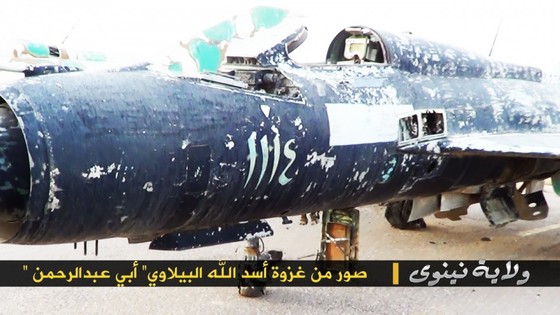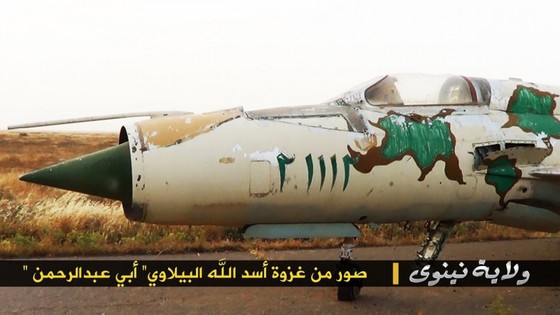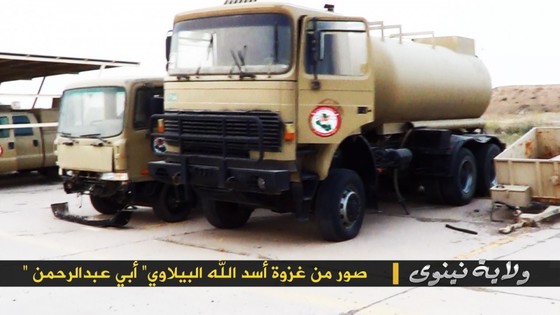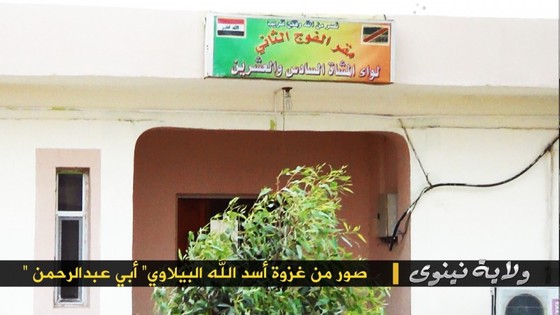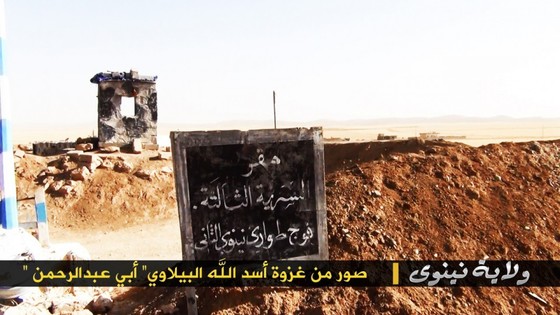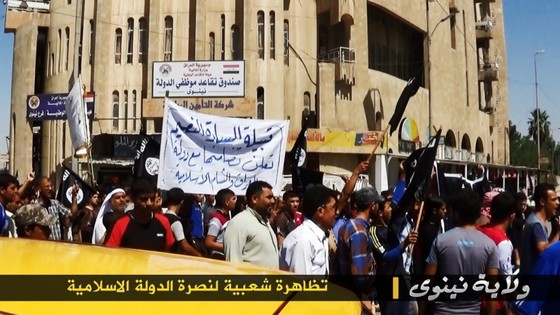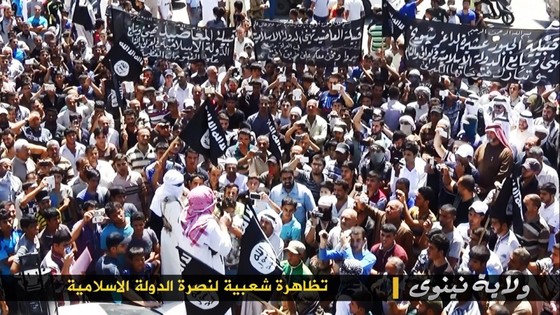One of the five senior Taliban leaders transferred to Qatar in exchange for Sgt. Bowe Bergdahl played a key role in al Qaeda's plans leading up to the Sept. 11, 2001, terrorist attacks. Mohammad Fazl, who served as the Taliban's army chief of staff and deputy defense minister prior to his detention at Guantánamo, did not have a hand in planning the actual 9/11 hijackings. Along with a notorious al Qaeda leader, however, Fazl did help coordinate a military offensive against the enemies of the Taliban and al Qaeda in Afghanistan the day before. And Osama bin Laden viewed that Sept. 10 offensive as an essential part of al Qaeda's 9/11 plot.
The 9/11 Commission found that the hijackings in the United States on Sept. 11, 2001, were the culmination of al Qaeda's three-step plan. First, on Sept. 9, 2001, al Qaeda assassinated Northern Alliance commander Ahmed Shah Massoud in a suicide bombing. Massoud's death was a major gift to the Taliban because he was their chief rival and still controlled parts of the country. The assassination was also intended to weaken opposition to the Taliban and al Qaeda within Afghanistan before the United States could plan its retaliation for the most devastating terrorist attack in history. The Northern Alliance did, in fact, play a role in America's response.
The following day, Sept. 10, al Qaeda and the Taliban took their second step. A "delayed Taliban offensive against the Northern Alliance was apparently coordinated to begin as soon as [Massoud] was killed," the 9/11 Commission found.
Fazl and one of bin Laden's chief lieutenants, Abdul Hadi al Iraqi, played key roles in this setup for 9/11. At the time, al Iraqi oversaw what al Qaeda called the Arab 55th Brigade, which was Osama bin Laden's chief fighting force inside Afghanistan and fought side by side with Mullah Omar's forces.
According to a leaked Joint Task Force Guantánamo (JTF-GTMO) threat assessment of Fazl, al Iraqi met with Fazl "on several occasions to include immediately following the assassination of [Massoud] in September 2001." Al Iraqi "stated the Northern Alliance was demoralized after the assassination and [he] met with [Fazl] to immediately coordinate an attack with the Taliban against the Northern Alliance."
Al Qaeda viewed both the assassination of Massoud and the offensive launched the following day as necessary components of the 9/11 plot. At first, Mullah Omar and other Taliban leaders were said to be wary of any spectacular attack against the US, as it would likely draw fierce retaliation from the world's lone superpower. (The 9/11 Commission did find "some scant indications" that Omar "may have been reconciled to the 9/11 attacks by the time they occurred.") The plan to attack the US was controversial even within al Qaeda, with some senior leaders objecting to the idea.
But Osama bin Laden and other al Qaeda leaders believed, correctly, that the first two steps of their plan would ensure the Taliban's continuing support. The 9/11 Commission found that as Osama bin Laden and al Qaeda's military chief at the time, Mohammed Atef, "deliberated" the 9/11 hijackings "earlier in the year," they "would likely have remembered that Mullah Omar was dependent on them for the Massoud assassination and for vital support in the Taliban military operations." And, while the commission's sources were "not privy to the full scope of al Qaeda and Taliban planning," bin Laden and Atef "probably would have known, at least," that the "general Taliban offensive against the Northern Alliance" on Sept. 10 "would rely on al Qaeda military support."
The 9/11 Commission's final report goes on to say that Khalid Sheikh Mohammed (KSM), the mastermind of 9/11, remembers Atef "telling him that al Qaeda had an agreement with the Taliban to eliminate Massoud, after which the Taliban would begin an offensive to take over [all of] Afghanistan."
Mohammad Fazl's cooperation with al Iraqi was, therefore, part of the plan KSM remembered.
Fazl reportedly met with al Iraqi earlier in 2001 as well. Another Guantanamo detainee named Abdul Zahir served as al Iraqi's assistant and translator for several years. Al Iraqi relied on Zahir, a native Afghan, to translate for him during operational meetings with Taliban commanders.
Zahir told authorities that Fazl met with al Iraqi "in the summer of 2001," according to the leaked JTF-GTMO threat assessment for Fazl. "At the time," the file reads, Fazl "was visiting all front-line commanders to get status reports on front-line divisions." Al Iraqi confirmed Zahir's story, admitting that he met with Fazl "and the Taliban on the front lines."
The file for Fazl contains many additional details in this vein, showing how al Qaeda and the Taliban's military forces in pre-9/11 Afghanistan were intertwined. Fazl also worked closely with the Islamic Movement of Uzbekistan (IMU), an al Qaeda-linked fighting force that continues to fight throughout Afghanistan. A declassified file authored at Guantanamo describes Juma Namangani, a cofounder of the IMU, as one of Fazl's "direct commanders." During his time in custody at Guantanamo, Fazl admitted that the Taliban supported the IMU with "money, weapons and logistical support."
The Guantanamo files also note that Namangani, who was killed in late 2001, "received direct funding" from Osama bin Laden.
Fazl's close relationships with the IMU and al Qaeda were known even prior to the 9/11 attacks. The United Nations sanctioned Fazl for his role as a senior Taliban leader on Feb. 23, 2001. In addition to being a "close associate" of Mullah Omar and helping him "establish the Taliban government," the UN noted that Fazl "had knowledge that the Taliban provided assistance to the Islamic Movement of Uzbekistan ... in the form of financial, weapons and logistical support in exchange for providing the Taliban with soldiers."
The UN's sanctions page also points out that Fazl "was at the al Farouq training camp established by al Qaeda." The UN did not say what Fazl did at the camp, but al Farouq was al Qaeda's primary training facility prior to the 9/11 attacks. Indeed, some of the 9/11 hijackers were trained there.
Al Qaeda and Taliban still closely allied
As controversy over the deal for Sgt. Bergdahl has continued to swirl, current and former Obama administration officials have sought to draw a sharp distinction between the threat posed by the Taliban Five and al Qaeda.
"These five guys are not a threat to the United States," former secretary of state Hillary Clinton said during an interview on NBC News last week. "They are a threat to the safety and security of Afghanistan and Pakistan. It's up to those two countries to make the decision once and for all that these are threats to them. So I think we may be kind of missing the bigger picture here. We want to get an American home, whether they fell off the ship because they were drunk or they were pushed or they jumped, we try to rescue everybody."
State Department deputy spokesperson Marie Harf relied on this same talking point during a press conference on June 5. "Look, these were not good guys. I am in no way defending these men," Harf said. "But being mid- to high-level officials in a regime that's grotesque and horrific also doesn't mean they themselves directly pose a threat to the United States."
During testimony before the House Armed Services Committee on June 11, Secretary of Defense Chuck Hagel insisted that "we had no direct evidence of any direct involvement in their direct attacks on the United States on any of our troops." (Under questioning, Hagel conceded that the Taliban Five were, in fact, involved in planning operations against US-led coalition forces in late 2001.) Behind closed doors, other key Obama administration officials have similarly stressed that the Taliban Five don't directly threaten the United States. The Daily Beast reported that John Brennan, director of the CIA and previously President Obama's chief counterterrorism adviser, has "argued that the Taliban Five were primarily focused on fighting against other Afghans and never had a record of attacking Americans outside of their own country."
It is true that Fazl and his Taliban colleagues have not directly planned 9/11-style attacks on the United States. But according to this logic, most of al Qaeda wasn't a threat on 9/11 and isn't a threat today. Most al Qaeda operatives are not involved in spectacular terrorist plots against the West. (The 9/11 attacks, for instance, were highly compartmentalized.) Regardless, the Taliban's relationship with al Qaeda made it considerably easier for Osama bin Laden and his lieutenants to plan their war against the US, and this nexus remains a threat.
The Taliban's Afghanistan "was the incubator for al Qaeda and the 9/11 attacks," the 9/11 Commission found. Another passage from the commission's final report reads: "The alliance with the Taliban provided al Qaeda a sanctuary in which to train and indoctrinate fighters and terrorists, import weapons, forge ties with other jihad groups and leaders, and plot and staff terrorist schemes."
In addition to Fazl, each of the other four members of the Taliban Five -- Khairullah Khairkhwa, Abdul Haq Wasiq, Norullah Noori, and Mohammad Nabi Omari -- contributed to this alliance. According to leaked JTF-GTMO files and court documents, the US government believes that Khairullah Khairkhwa was tied to Osama bin Laden and that he oversaw one of the deceased al Qaeda master's training camps in western Afghanistan.
According to the United Nations, Abdul Haq Wasiq served as the deputy director of intelligence for the Taliban, and in this role he "was in charge of handling relations with al Qaeda-related foreign fighters and their training camps in Afghanistan." It was in these same camps that al Qaeda trained terrorists for its plots against the US.
Like Fazl, Norullah Noori was a Taliban military commander, and in this capacity he coordinated operations with al Qaeda's paramilitary forces.
And, finally, JTF-GTMO concluded that Mohammad Nabi Omari planned anticoalition attacks with al Qaeda and other affiliated forces.
The Taliban Five may not plan any direct attacks against the United States in the future. But they have already strengthened the hand of al Qaeda terrorists who have planned such attacks in the past. And the Taliban and al Qaeda remain closely allied today. The Taliban has consistently refused to break its relationship with al Qaeda.
A version of this article was published at The Weekly Standard.

